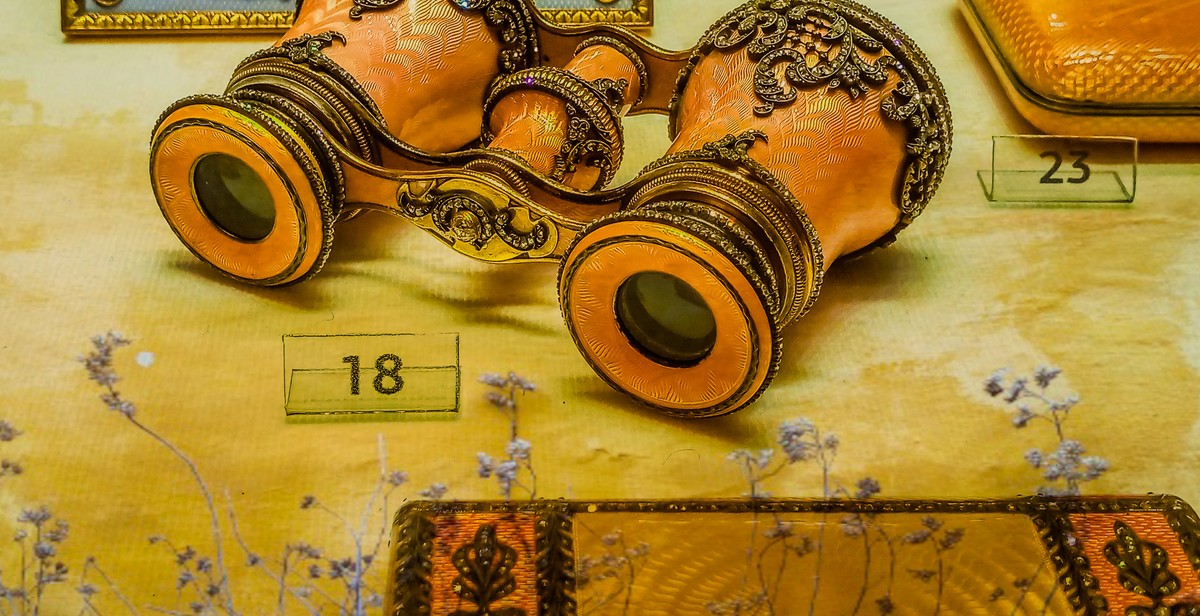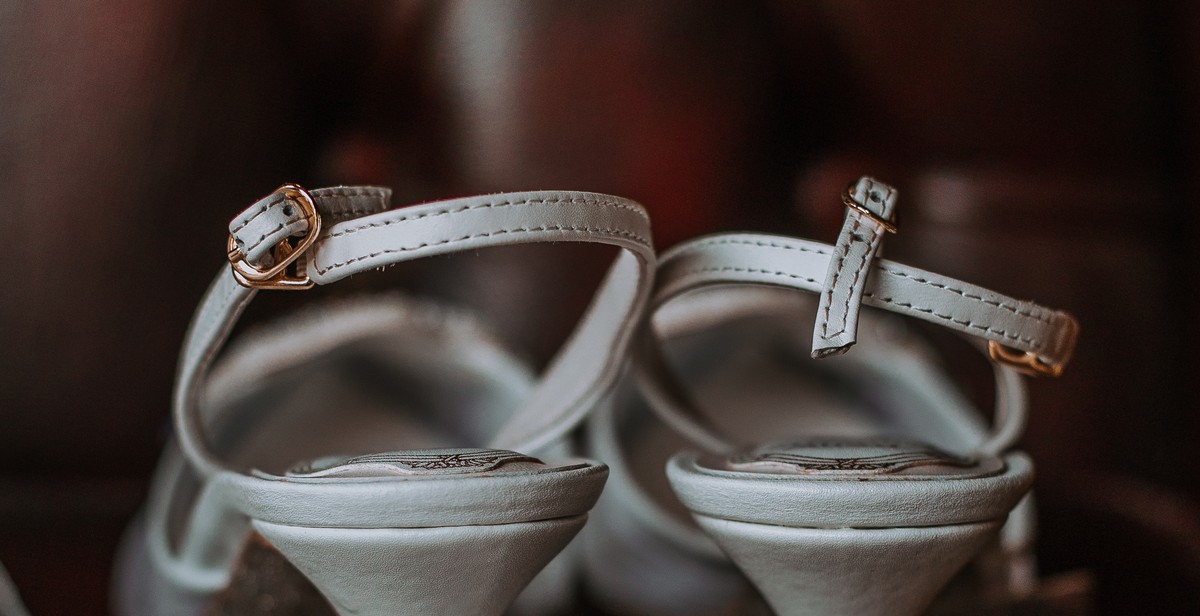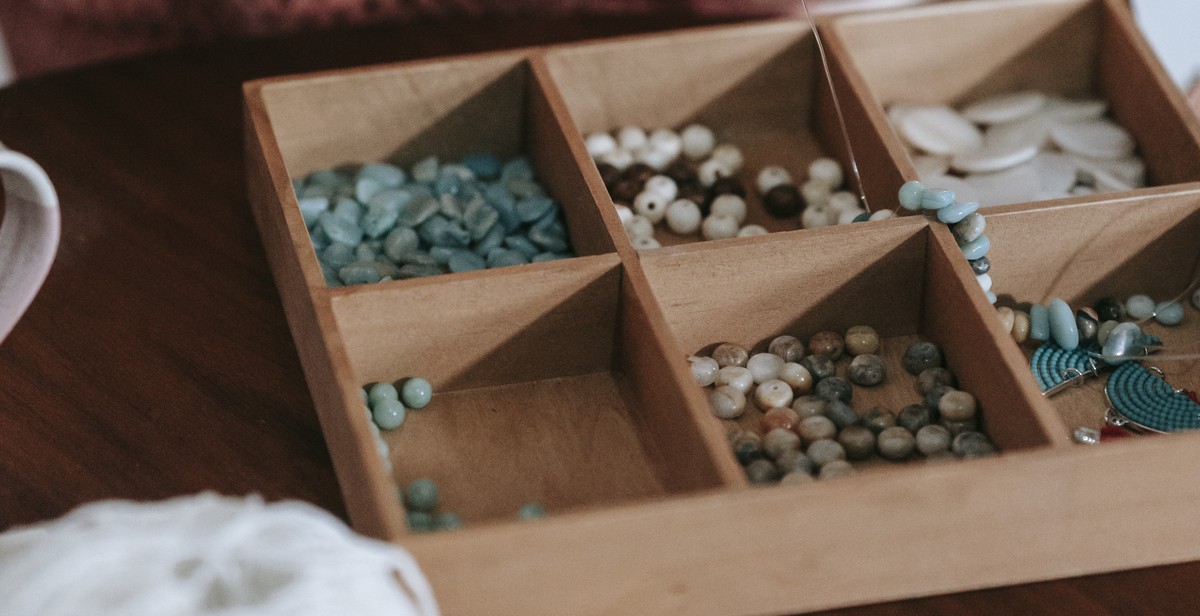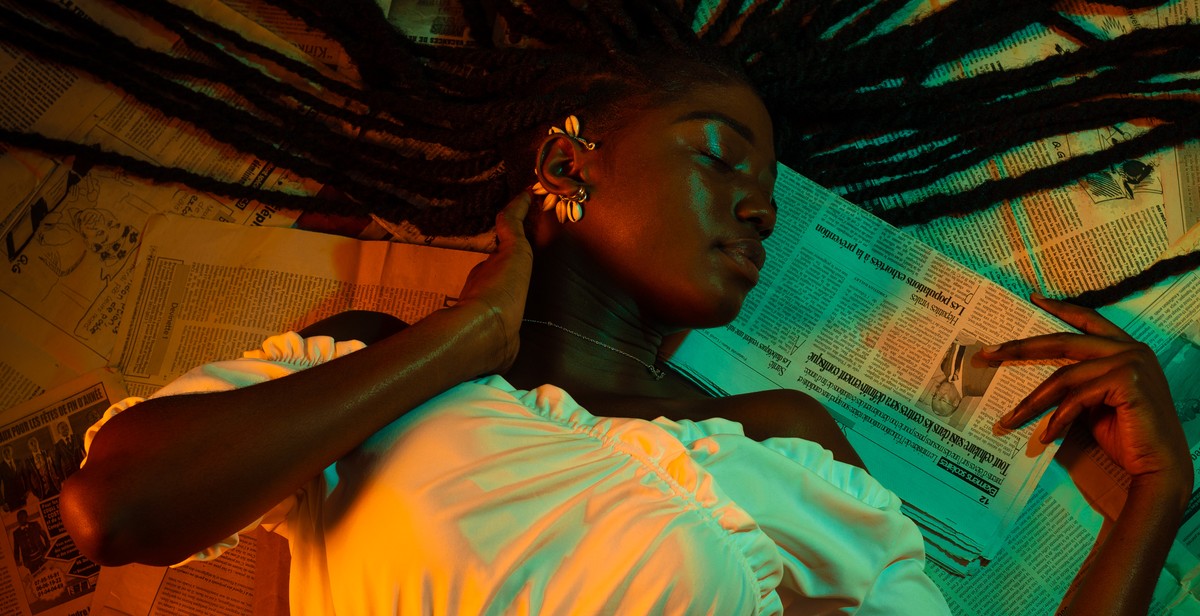The Tradition of Mourning Jewelry: A Historical Look at Sentimental Keepsakes
Mourning jewelry is a type of sentimental keepsake that has been worn for centuries to commemorate the loss of a loved one. It is a physical reminder of the deceased and a way to keep their memory close. The practice of wearing mourning jewelry dates back to the 16th century, but it became particularly popular in the Victorian era.
What is Mourning Jewelry?
Mourning jewelry is a type of jewelry that is worn to remember a loved one who has passed away. It is usually black or dark in color and often contains a lock of hair, a photograph, or some other personal item of the deceased. The jewelry can take many forms, including rings, brooches, pendants, and bracelets.
Mourning jewelry was often given as a gift to family members and close friends of the deceased. It was also common for people to make their own mourning jewelry, using materials such as hair, fabric, and even teeth. The jewelry was worn for a period of mourning, which varied depending on the relationship with the deceased and the social customs of the time.
Over time, mourning jewelry has evolved to include different styles and materials. However, the sentiment behind it remains the same: a way to honor and remember those who have passed away.

The History of Mourning Jewelry
Mourning jewelry has a rich history dating back to ancient times. Throughout history, people have worn jewelry to remember and honor loved ones who have passed away. These sentimental keepsakes have evolved over time, reflecting changes in culture and fashion.
Ancient Times
In ancient times, mourning jewelry was often made from materials such as hair, bones, and shells. The ancient Egyptians, for example, would create intricate mourning jewelry using gold, precious stones, and even the hair of the deceased. The Romans also wore mourning jewelry, often made from black glass or onyx, as a way to honor their loved ones.
Victorian Era
The Victorian Era was a time when mourning jewelry became increasingly popular. Queen Victoria herself wore mourning jewelry for the rest of her life after the death of her husband, Prince Albert. During this time, mourning jewelry was often made from black materials such as jet, onyx, or black enamel. The jewelry would also often feature symbols of death, such as skulls, coffins, or weeping willows.
Modern Times
Today, mourning jewelry is still worn as a way to remember loved ones who have passed away. However, the materials and styles have evolved. Many people now choose to have their loved one’s ashes turned into jewelry, or they may wear jewelry that features a symbol that was meaningful to their loved one. Some people even choose to wear memorial jewelry that contains a small amount of their loved one’s hair or ashes.
In conclusion, mourning jewelry has a long and rich history that spans back to ancient times. From the ancient Egyptians to modern times, people have used jewelry as a way to remember and honor their loved ones who have passed away.

Types of Mourning Jewelry
Throughout history, people have sought ways to remember and honor their loved ones who have passed away. One way that many have done this is through the use of mourning jewelry. Here are some of the most common types of mourning jewelry:
Hair Jewelry
Hair jewelry, also known as “mourning jewelry,” was a popular way to remember loved ones in the 19th century. These pieces were often made by taking a lock of the deceased’s hair and weaving it into a piece of jewelry, such as a brooch or bracelet. Hair jewelry was also sometimes made by using a loved one’s hair as the centerpiece of a ring or locket.
Memorial Rings
Memorial rings were often given to mourners as a way to remember a loved one. These rings were typically made of gold or silver and were engraved with the name and dates of the deceased. Some memorial rings also featured a small compartment where a lock of hair or other memento could be kept.
Lockets and Pendants
Lockets and pendants were another popular type of mourning jewelry. These pieces often featured a portrait of the deceased or a lock of their hair. Some lockets and pendants also contained a small compartment where a memento, such as a lock of hair or a piece of fabric, could be kept.
Brooches and Pins
Brooches and pins were often worn as a way to remember a loved one who had passed away. These pieces were often made of black enamel or onyx and featured a portrait of the deceased or a symbol of mourning, such as a weeping willow or a broken column.
Bracelets and Necklaces
Bracelets and necklaces were often worn as a way to remember a loved one. These pieces were often made of black enamel or onyx and featured a portrait of the deceased or a symbol of mourning, such as a weeping willow or a broken column.
| Material | Description |
|---|---|
| Jet | A black, fossilized wood that was popular in mourning jewelry during the Victorian era. |
| Onyx | A black gemstone that was often used in mourning jewelry. |
| Enamel | A decorative coating that was often used to create black mourning jewelry. |
Overall, mourning jewelry has been a popular way for people to remember and honor their loved ones who have passed away. From hair jewelry to lockets and pendants, there are many different types of mourning jewelry to choose from.

Symbolism and Meaning
Mourning jewelry is steeped in symbolism and meaning, with each piece representing a unique expression of grief and remembrance. From the colors used to the symbols incorporated, every aspect of mourning jewelry was carefully chosen to convey a specific message.
Colors
The colors used in mourning jewelry were significant and symbolic. Black was the most common color and represented the mourning period. It signified the loss of a loved one and was worn for at least a year after their passing. White was also used to symbolize mourning, but it was typically reserved for young children and unmarried women. Gray was used to represent the mourning period for distant relatives or acquaintances, while purple symbolized mourning for a monarch or a person of high status.
Symbols
Mourning jewelry was often adorned with symbols that represented the deceased or the mourning period. The most common symbol was the weeping willow, which represented sorrow and mourning. Other symbols included the urn, which represented death and the afterlife, and the acorn, which symbolized the potential for new life and growth. The use of hair in mourning jewelry was also common, with hairwork pieces representing the deceased and serving as a tangible reminder of their presence.
Table of Common Symbols and Meanings
| Symbol | Meaning |
|---|---|
| Weeping Willow | Sorrow and mourning |
| Urn | Death and the afterlife |
| Acorn | Potential for new life and growth |
| Heart | Love and remembrance |
| Anchor | Hope and steadfastness |
| Forget-Me-Not | Remembrance and love |
Overall, mourning jewelry was a deeply personal and sentimental way to honor and remember the deceased. The symbolism and meaning behind each piece served as a tangible reminder of their loved one and their grief, allowing them to carry a piece of their memory with them always.

Collecting Mourning Jewelry
Mourning jewelry is a sentimental keepsake that has been around for centuries. Collectors of mourning jewelry appreciate the historical significance and the emotional value of these pieces. Here are some things to look for when collecting mourning jewelry:
What to Look For
Mourning jewelry can come in many forms, including rings, brooches, necklaces, and bracelets. The most common materials used for mourning jewelry are black onyx, jet, and hair. Hair jewelry was particularly popular during the Victorian era, where it was common to incorporate a lock of a loved one’s hair into a piece of jewelry.
When collecting mourning jewelry, it is important to look for pieces that are in good condition. Check for any damage or wear and tear, as this can significantly affect the value of the piece. Look for pieces with intricate designs or unique features, as these can also add value to your collection.
Caring for Your Collection
Proper care and maintenance of your mourning jewelry collection is essential to ensure its longevity. Here are some tips for caring for your collection:
- Store your jewelry in a dry, cool place away from direct sunlight and humidity.
- Clean your jewelry regularly with a soft cloth to remove any dirt or debris.
- Avoid exposing your jewelry to water or chemicals, as this can damage the materials.
- Handle your jewelry with care, as some pieces may be fragile or delicate.
- Consider investing in a jewelry box or display case to keep your collection organized and protected.
By following these tips, you can ensure that your mourning jewelry collection remains in excellent condition for years to come.

Conclusion
In conclusion, mourning jewelry has a rich history and cultural significance. It has been used as a way to remember loved ones, express grief, and even as a fashion statement. From the Victorian era to present day, mourning jewelry has evolved in style and symbolism.
Today, there is a growing trend towards personalized mourning jewelry that incorporates unique designs and materials. This trend allows people to express their individuality while still honoring the memory of their loved ones.
As technology advances, we may see new forms of mourning jewelry emerge. However, the sentimental value and emotional connection that mourning jewelry provides will likely remain unchanged.
Whether it’s a locket containing a loved one’s hair or a ring with their initials, mourning jewelry serves as a tangible reminder of those who have passed on. It is a way to keep their memory alive and close to our hearts.
- Overall, mourning jewelry is a testament to the enduring power of love and remembrance.
- It is a tradition that has stood the test of time and will continue to do so for generations to come.
Thank you for taking the time to explore the fascinating history and meaning behind mourning jewelry. We hope that this article has provided you with a greater appreciation for this sentimental tradition.

